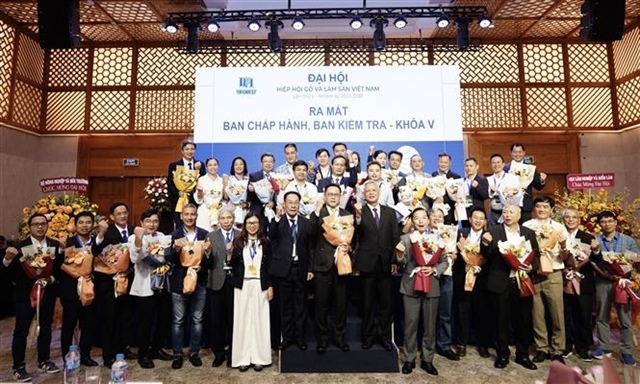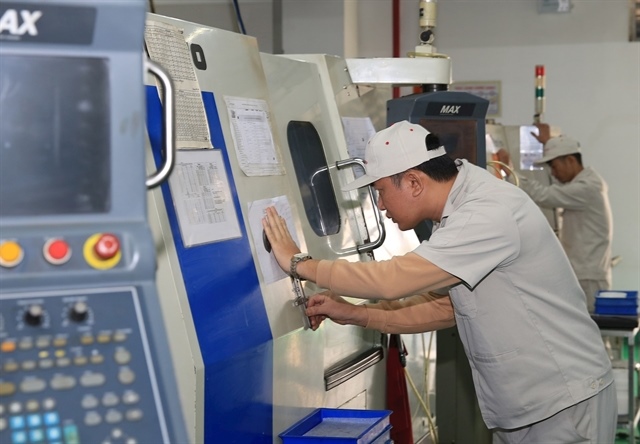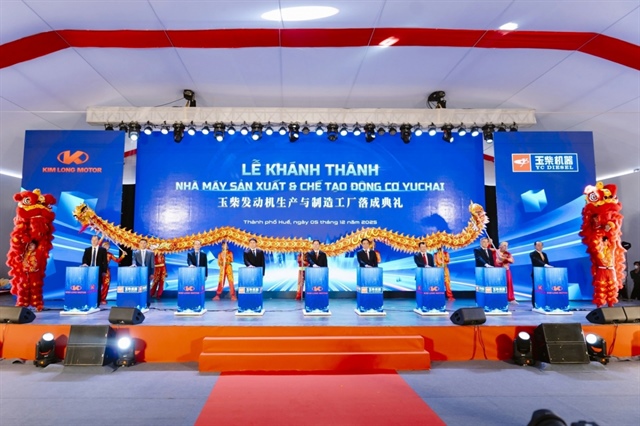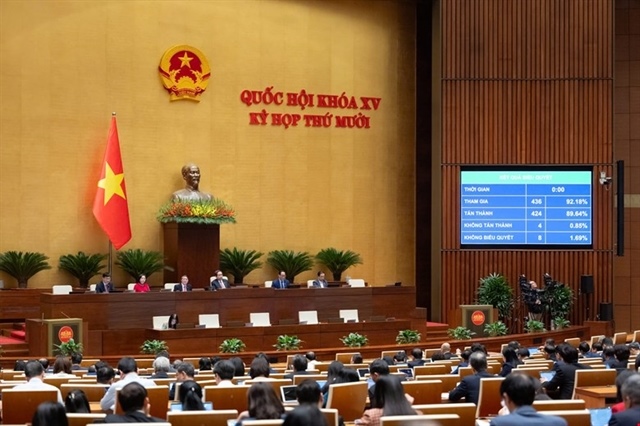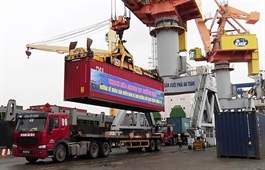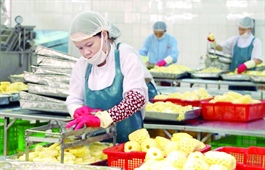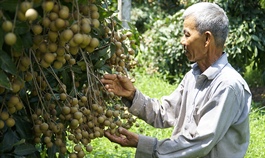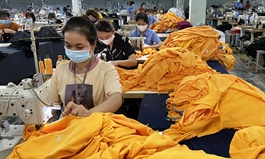HCM City introduce safe production options for businesses
HCM City introduce safe production options for businesses
The Chairman of HCM City’s People Committee Nguyen Thanh Phong has just introduced safe production options for businesses in accordance with their sectors to ensure the prevention of the COVID-19 pandemic while maintaining production.

Enterprises will continue to implement the "3 on-site" model, which involves eating, sleeping, and working without leaving or the "3 on-site by crew" model, in which a group of workers will work at the factory for a period of time, then go home and be replaced by another group.
The second option is to implement the “2 on-site” and allow them to go home using company transport but they are not allowed to interact with others to ensure absolute prevention of COVID-19.
Another option is for the workers to go home using their personal vehicles if they are living in places with high vaccination rates or low number of infections.
Businesses need to register with the people's committees of districts and Thu Duc City to follow one of the above options.
Phong said these options would help businesses overcome difficulties in order to maintain production in safety, safeguard supply chains, as well as allow 5-10 per cent of businesses to return to production.
Alternatives
Labour-intensive industries such as textiles, footwear and plastics have proposed alternative models such as priority vaccinations and "2 on-site" models.
Companies have said that it takes too much money to maintain the model, and more flexible production models for different kinds of businesses are needed.
Phan Thi Thanh Xuan, general secretary of the Viet Nam Leather, Footwear and Handbag Association (Lefaso), said many businesses in the industry could not maintain the model. In addition to rising costs, businesses also face psychological instability of workers who have to live at the factory for a long period.
Textile enterprises also face the same situation.
Chairman of the Viet Nam Textile and Apparel Association (Vitas) Le Tien Truong said the model should only be applied to enterprises in the textile and yarn sectors that have large factories and few workers.
Xuan said the workers at many enterprises in HCM City and the southern provinces had been vaccinated against COVID-19, and in some companies, up to 80 per cent of the total number of workers had been vaccinated.
The Ministry of Health needed to develop a set of criteria and have a plan to allow these companies to operate normally.
In addition, she also suggested applying the "2 on-site" model combined with quick Covid-19 tests for employees. Employees would eat and work at the factory and go home, but would not interact with others to ensure compliance with preventive measures.
Under the model, businesses would need to commit to local authorities that they would increase the frequency of Covid-19 screening tests for their employees. Meanwhile, employees should promise that they would only travel between their residence and production facilities.


